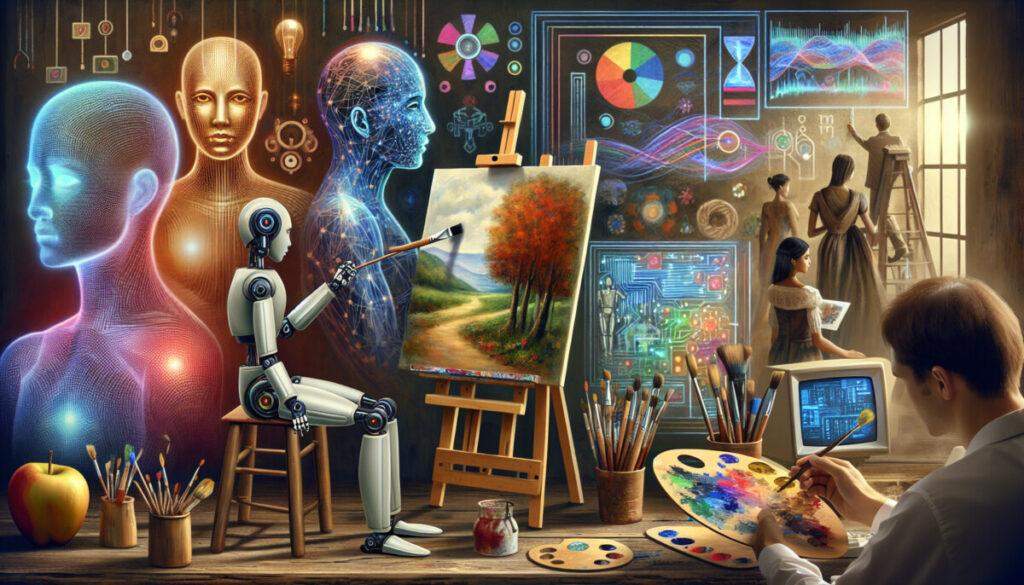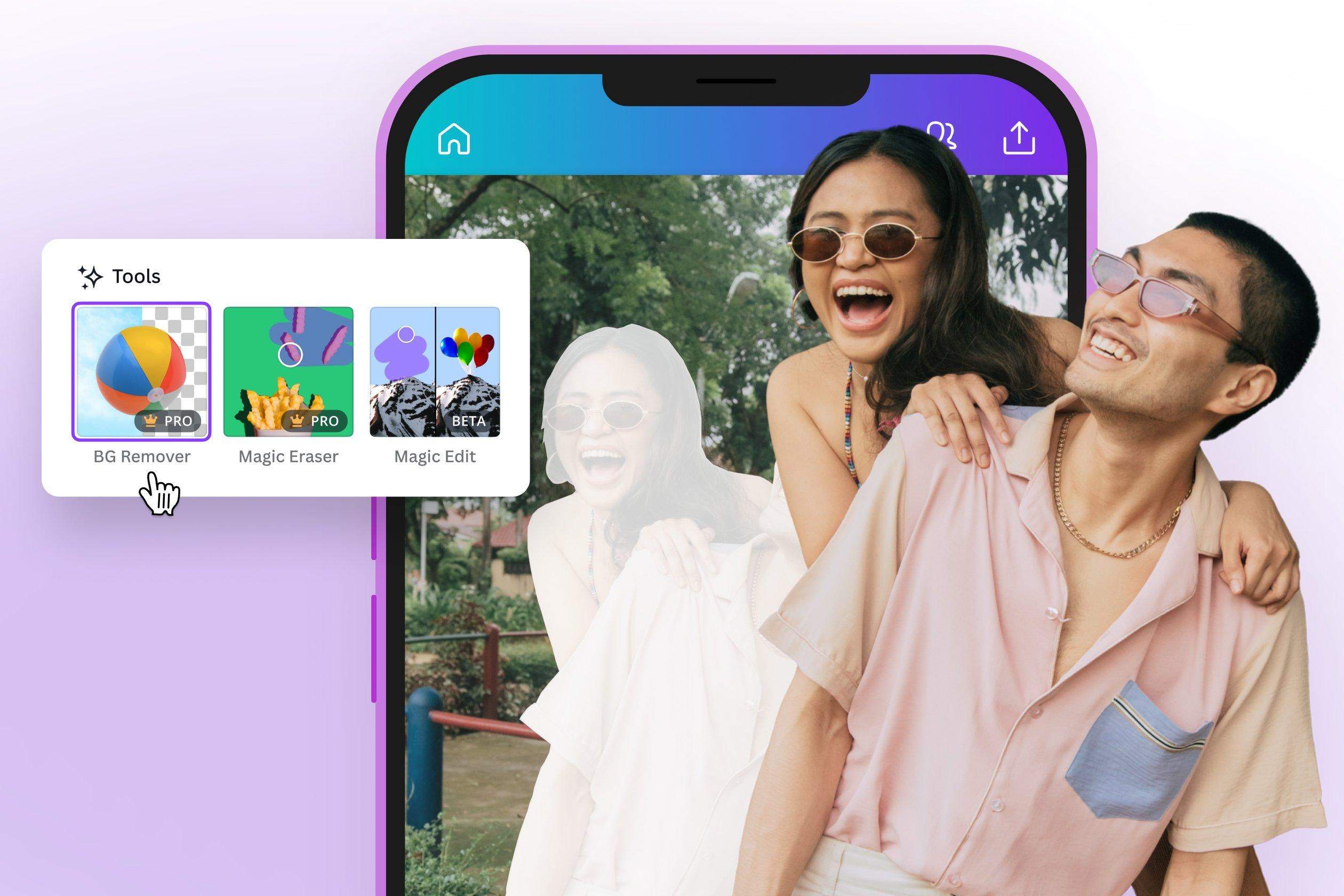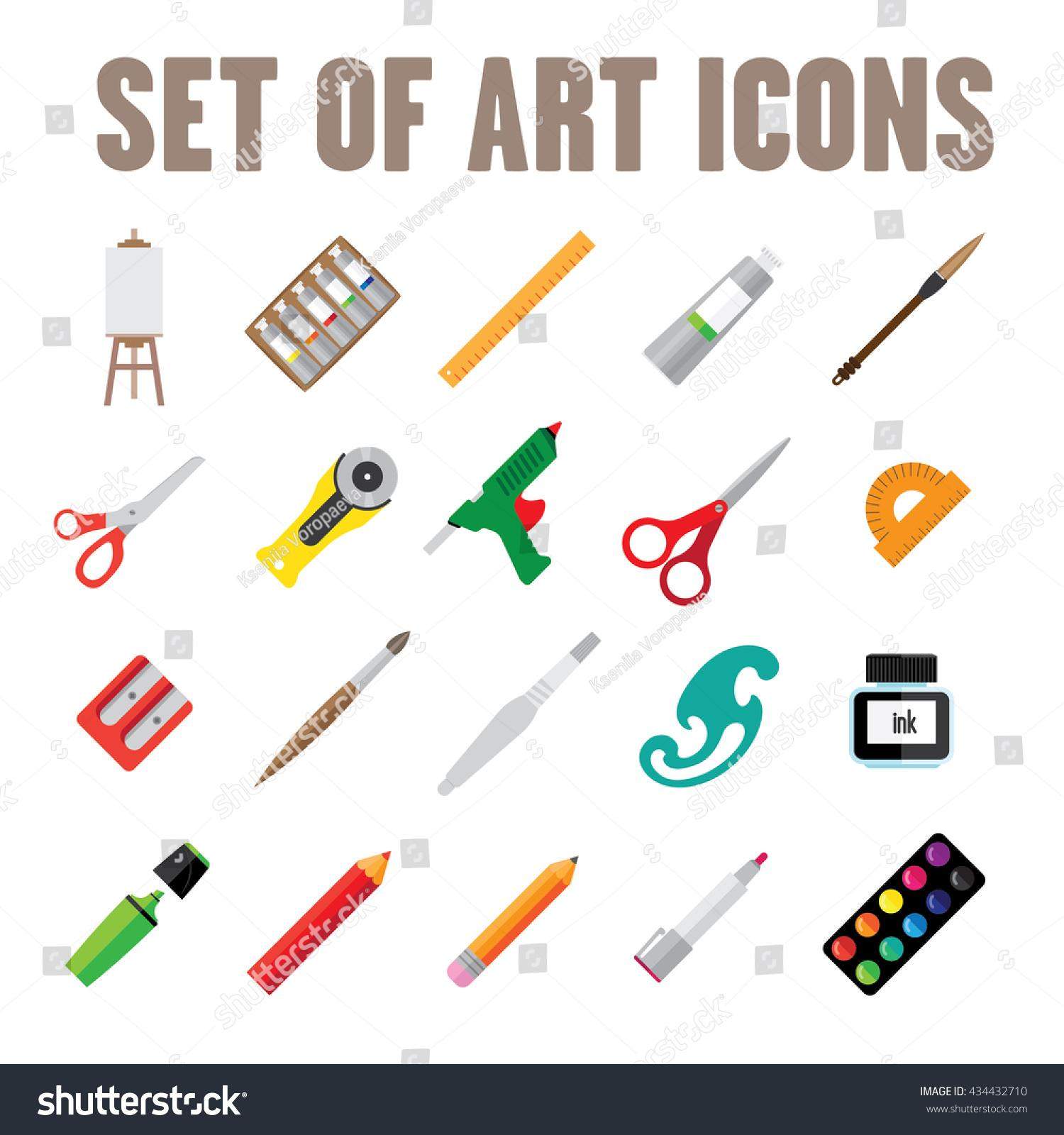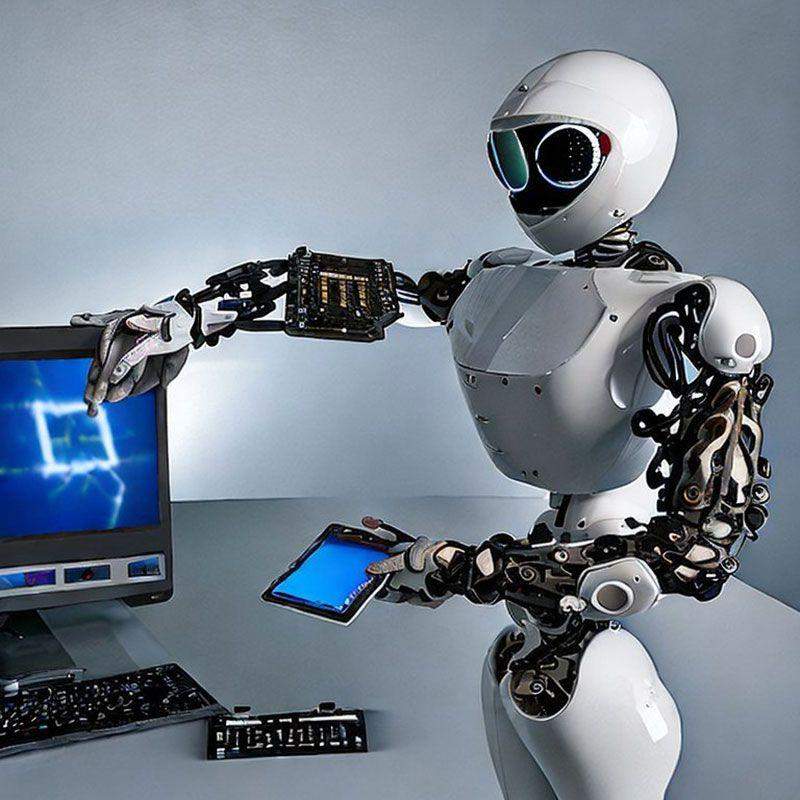In today’s fast-paced digital landscape, the realm of image creation is experiencing a revolutionary transformation, thanks to the remarkable advancements in Artificial Intelligence. As artists, designers, and content creators strive for innovation, AI is stepping in to redefine the boundaries of creativity, opening up new possibilities that were once confined to the imagination. In this listicle, “7 Inspiring Ways AI is Transforming Image Creation Today,” we’ll explore various groundbreaking applications that are reshaping how we conceptualize and produce visuals. From generating stunning artwork to enhancing photo editing processes, you can expect to discover three to four remarkable methods through which AI is elevating the creative process. Whether you’re a professional looking for fresh inspiration or just curious about the intersection of technology and art, this journey into AI-driven image creation promises to enlighten and inspire.
1) AI-Driven Art Generation: Explore how algorithms like DeepArt and DALL-E are enabling artists to unleash their creativity by transforming simple sketches or photos into stunning pieces of art, transcending traditional methods and inspiring a new wave of digital expression
In the ever-evolving landscape of digital art, AI-driven art generation is captivating both seasoned artists and newcomers alike. Platforms such as DeepArt and DALL-E harness the power of advanced algorithms to reinterpret and morph simple drawings or photographs into breathtaking visual masterpieces. By analyzing numerous styles, these tools enable users to explore an ocean of creative possibilities, transforming ordinary imagery into vibrant art pieces that reflect a spectrum of emotions and concepts. For many, this innovative technology transcends traditional artistic boundaries, allowing them to experiment with a fusion of techniques and styles previously unattainable through manual methods.
The intuitive interfaces of these AI tools break down barriers, inviting a diverse range of users—from professional artists to hobbyists—to engage with technology as a co-creator. By leveraging neural networks, these platforms can learn and replicate unique artistic styles, offering users the opportunity to craft personalized art experiences. This new wave of digital expression encourages creativity by allowing artists to take initial sketches or everyday photos and morph them into striking works of art, fostering a community that celebrates collaboration between human imagination and machine learning. Through the seamless integration of technology and artistry, a vibrant new narrative in visual storytelling is being written.

2) Personalized Content Creation: Discover how AI is revolutionizing marketing and branding through personalized image generation, allowing businesses to create tailor-made visuals that resonate with target audiences, enhancing engagement and driving sales
In the dynamic landscape of marketing, artificial intelligence is redefining how brands connect with their audiences through personalized visuals. By analyzing consumer data, AI-driven tools can generate images tailored to individual preferences, making marketing campaigns more engaging and relevant. Businesses can now develop unique visuals that cater to specific demographics, ensuring they resonate deeply with target audiences. This level of personalization enhances the customer experience and fosters a stronger emotional connection between the brand and its consumers.
Consider the possibilities that AI-powered image generation brings to product promotion. Businesses can effortlessly create diverse variations of images that target different segments of their customer base, using unique styles, colors, and themes that align with consumers’ preferences. This capability not only saves time and resources but also elevates the brand’s online presence. Here’s a glimpse of how personalized content creation can impact various sectors:
| Sector | Personalization Strategy | Expected Outcome |
|---|---|---|
| Fashion | Customizable lookbooks based on customer browsing history | Increased click-through rates and sales |
| Travel | Destination-themed visuals personalized to user interests | Higher engagement with travel packages and promotions |
| Food & Beverage | Recipe images curated from dietary preferences | Boost in customer loyalty and repeat purchases |

3) Enhanced Photo Editing: Delve into the world of AI-powered photo editing tools like Fotor and Luminar, which simplify complex editing processes by automating tasks such as background removal and color correction, making professional-quality editing accessible to everyone, regardless of skill level
In the realm of digital imagery, AI-powered tools like Fotor and Luminar have redefined the editing experience, breaking down barriers that once stifled creativity. These platforms leverage advanced machine learning algorithms to automate intricate tasks such as background removal, color correction, and retouching, allowing users to effortlessly achieve stunning results. With just a few clicks, what once required hours of painstaking adjustments can now be accomplished in seconds, opening up a world of possibilities for both amateur and professional photographers alike.
These innovative applications not only democratize photo editing but also inspire users to explore their artistic potential. With features like one-click enhancements and real-time previews, even those with minimal editing experience can create professional-grade images. A comparison of popular features highlights the strengths of these tools:
| Feature | Fotor | Luminar |
|---|---|---|
| AI Background Removal | ✅ Easy to use | ✅ Accurate selections |
| Batch Processing | ✅ Yes | ❌ Limited |
| Custom Presets | ✅ Available | ✅ Extensive library |
| Skin Retouching | ❌ Basic tools | ✅ Advanced options |

4) Realistic Image Synthesis: Investigate the advancements in image synthesis with AI technologies like GANs (Generative Adversarial Networks), which are creating hyper-realistic images that can be used in everything from virtual reality to gaming, blurring the lines between the digital and the real world
The emergence of Generative Adversarial Networks (GANs) has revolutionized the realm of image synthesis, enabling creators to produce stunningly realistic images with unprecedented ease. These sophisticated algorithms operate by pitting two neural networks against each other: a generator that creates images and a discriminator that distinguishes between real and synthetic visuals. This ceaseless cycle of competition drives both networks to improve iteratively, resulting in images that often escape the casual observer’s eye. Industries such as video gaming, virtual reality, and even fashion marketing are leveraging this technology to create immersive experiences and marketing material that feels remarkably authentic.
As GANs continue to evolve, they introduce new possibilities. For instance, they can create images of non-existent celebrities or generate entire virtual landscapes, all with remarkable detail. The implications for creatives are vast: game developers can design expansive worlds with photorealistic environments, while architects can visualize projects before they are built, all in real-time. Even in film, directors can utilize these advancements for visual effects, pushing the boundaries of storytelling. The table below highlights some key applications of GANs in various industries:
| Industry | Application |
|---|---|
| Gaming | Creation of immersive game worlds |
| Fashion | Generating realistic clothing models |
| Film | Creating stunning visual effects |
| Marketing | Designing hyper-realistic advertisements |
Concluding Remarks
As we wrap up our exploration of the seven inspiring ways AI is transforming image creation today, it’s clear that this technology is not just a tool for enhancement but a catalyst for innovation. From generating stunning visuals that push the boundaries of creativity to streamlining workflows for artists and designers, AI is revolutionizing the way we think about and interact with imagery.
As we reflect on these advancements, it’s essential to consider the implications for the future. With each breakthrough, we are reminded that the intersection of art and technology holds endless possibilities. Whether you are a seasoned professional or an enthusiastic beginner, embracing these tools could lead to new levels of creativity and expression.
So, as you venture into your own image creation journey, don’t hesitate to explore these AI innovations. The future of art is evolving, and the opportunities are limitless. Who knows what incredible visions you can bring to life? The canvas is waiting, and with AI by your side, the only constraint is your imagination. Happy creating!




